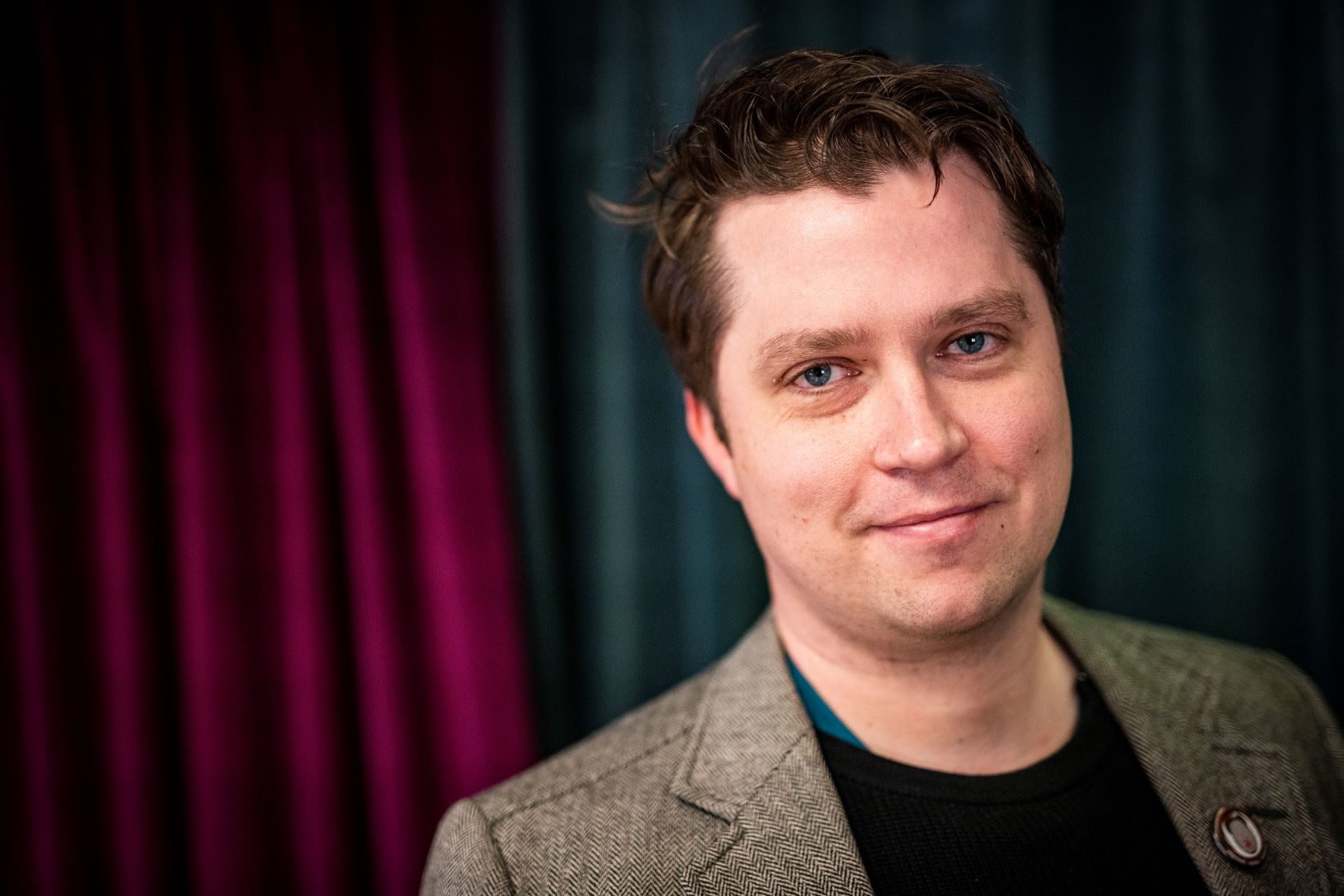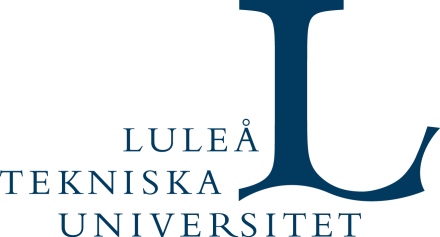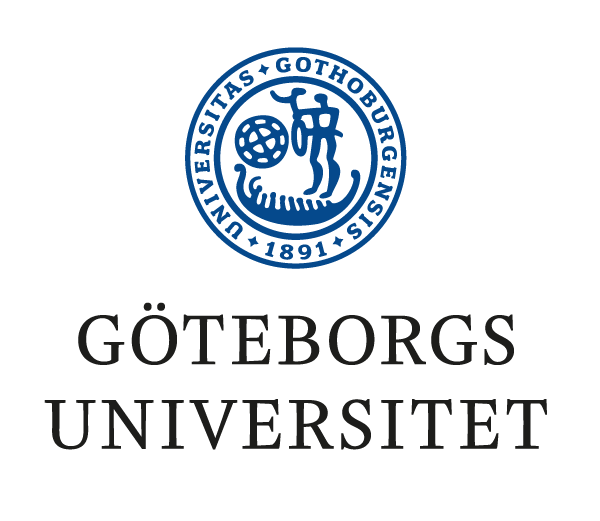What makes people arrive at green, eco-friendly decisions? While green consumption in areas such as energy conservation, recycling, transportation, and food choices are common areas of behavioral research, this question is significantly less explored in how we use our financial assets, our savings, and our investments.
Arvid Erlandsson is assistant professor in social psychology and works at the research group JEDI-Lab, Linköping University. The group focuses on the psychology of decision-making. Arvid has previously taken an interest in questions about why people choose to help other people and he has, among other things, collaborated with charitable organisations. Now he is widening his scope of activities and will investigate green decision-making and behaviour.
In a new project together with SFL vice-director Joakim Sandberg, professor of both philosophy and economics, they want to investigate various psychological mechanisms behind green financial decisions. The goal is to see how different types of interventions work on different groups of people. The main thesis is that interventions that take into account both people’s stated moral values and implicit social and signaling-related motives have greater potential than those that focus on only one of these. The results, they hope, can be used to develop new financial products and marketing methods that better take into account the driving forces and attitudes towards green choices that people have.
– We have already started collecting data. In the first block, 1,800 participants made investment decisions in a financial online game, says Arvid.
In one of several future blocks, the participants will read a short text describing an investment situation, and then rate it according to certain criteria. The situations include one of three investment strategies:
- Exclusion, which means avoiding investing in the least environmentally friendly companies.
- Inclusion, where part of the money is invested in exceptionally environmentally friendly companies.
- Donation, where part of the profit is donated to a non-profit organization that works for a greener world.
The information text also includes the motives, which are divided into three value-based motives:
- Selfish motive; earn as much money as possible.
- Impact motive; to do what is best for the climate.
- Moral identity motive; doing what is perceived to be in accordance with moral principles.
Alongside the value-based motives, there are also social motives, which are often unconscious:
- Conformity motive; do what others do.
- Reputation motive; do what makes you appear most likable and attractive in the eyes of others.
The researchers are primarily interested in investigating the social and symbolic dimension of green financial decisions. That is why it is the symbolic value that will be measured, i.e. how person A experiences person B’s green investments, and in what way it affects people’s investment behavior if decisions are made with or without an observer.
– From previous research, we already know that the exclusion strategy is the most popular among green investors, and we predict that many people will prefer it, even after they find out that the inclusion and donation strategy gives a better effect on the climate and the environment. We think this is because the signal value and reputation are enhanced by the exclusion strategy, since the other two strategies allow people to behave badly in order to do good. This means that people who use the exclusion strategy will be evaluated more positively, says Arvid Erlandsson.
The 4-year project is financed by the Marcus and Marianne Wallenberg Foundation with 4.5 SEK.
Text: Magnus Atterfors
Photo: Stefan Bladh






